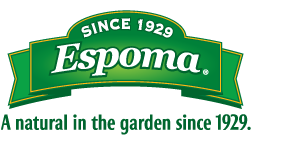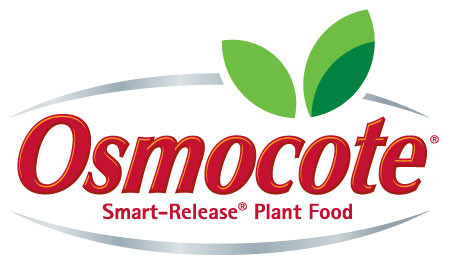Hummingbirds are found only in the Western Hemisphere. Approximately 16 hummingbird species breed within the US. There are approximately 338 species of hummingbirds worldwide. In the eastern United States, the ruby-throated hummingbird is the most common but Rufous hummingbirds seem to show up all over the map so you can never rule them out. Hummingbirds eat insects. They need more than your nectar sources to survive. Tiny spiders and tiny flying insects might not appeal to you but they are "meat and potatoes" to a hummingbird. Now I want them even more, the No Seeums here are terrible. Eat up my pretties! In captivity, hummingbirds can survive for more than 10 years. In the wild 3 to 5 years is more likely.
Many native North American plants depend exclusively on hummingbirds to pollinate them. A female can care for more than one nest at a time. She might be building a nest while caring for already-hatched babies.
They are found as far north as Alaska and as far to the south as Tierra del Fuego, Argentina.
There are numerous ways to attract Hummers. Planting some of their favorite plants is a good start. Some of them are:
Beebalm (Monarda fistulosa)
Beardtongue (Penstemon cardinalis)
Butterfly Bush (Buddleia daviddi)
Coral Honeysuckle (Lonicera sempervirens)
Crossvine (Bignonia capreolata)
Fire Bush (Hamelia patens)
Flame Acanthus (Anisacanthus quadrificius)
Mexican Bush Sage (Salvia leucantha)
Salvia Greggi
Red Salvia (Salvia splendens)
And of course you can purchase hummingbird feeders at many locations. Here are some tips to keep in mind when dealing with feeders.
Keep your sugar water fresh.
Recipe: Boil 1 part granulated sugar to 4 parts water.
(An example of this would be: 1 cup of sugar to 4 cups water)
Replace the feeder solution every 2 days in very hot weather. Also keep it in the shade as much as possible.
When you wash it, Wash out the feeder with very hot water.
As for when to put your feeders out? Here in South Carolina, the Hummingbirds begin to arrive the first week of April. Want to know when they will arrive in your area? Check out this website:
http://www.birds-n-garden.com/hummingbirds_spring_arrival_dates.html#S
It has a very detailed listing of when they should approximately begin arriving in your area. It is broken down by state.
I really would like to THANK.... Birds-n-Garden.com for supplying me with the information found here today. Their website is amazing!
Happy Growing!
Darren








No comments:
Post a Comment